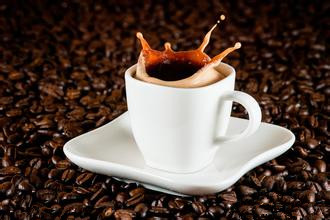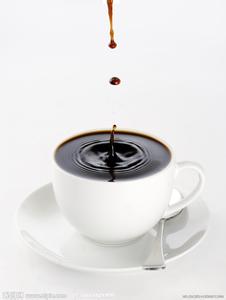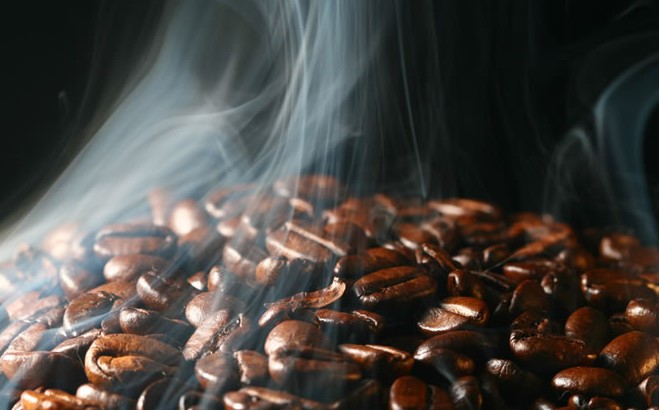Common sense of roasting coffee beans words related to "roasting"

The words in this part are all related to the baking pattern or baking depth.
Sweet: between medium and deep roasting and ordinary deep roasting (also seen as Viennese roasting to Espresso roasting), the complete development of sugar, coupled with the removal of some bitter flavor elements at this time, creates a round, soft taste and a thick but not empty cup of coffee. Of course, raw coffee beans made from fully ripe coffee fruits have a higher sweetness, and they will show better sweetness when roasted to a deeper degree.
Irritating flavor (Pungent/Pungency): the author's power for this word is "slightly bitter taste peculiar to deep roasting," a feeling that anyone who prefers deep-roasted coffee will be familiar with and particularly appreciate.
The taste produced by roasting-Bittersweet: the word seaweed represents a collection of all the complex flavors on which deep-roasted coffee beans are fought. Under deep roasting, the acidity of the coffee beans disappears and is replaced by a pungent flavor with a subtle caramel sweetness, which is what the author calls "Bittersweet," which some people may classify as "Roast taste/Taste of the roast" in an unnamed form.
Toast flavor (Bready): coffee beans that are not baked deep enough or at a baking temperature will more or less smell like toast in the cup. At this time, the flavor oil of coffee beans has not yet begun to develop.
Baked: this is another term to describe the flavor produced by improper baking. The main reason for this flavor is that coffee beans are roasted at too low temperatures for a long time. The coffee beans with baked flavor are hollow and without aroma in the cup.
Important Notice :
前街咖啡 FrontStreet Coffee has moved to new addredd:
FrontStreet Coffee Address: 315,Donghua East Road,GuangZhou
Tel:020 38364473
- Prev

Baking vocabulary related to "processor" for roasting coffee beans
The words mentioned in this section are all flavor words related to the post-harvest processing procedures (shelling, fermentation, washing, drying and storage), most of which are defective flavors. Clean: this common word means that the coffee bean comes directly from the fruit in the cup, without any defective flavor in the process. China and America
- Next

DISCOVERY introduction to the principle of Coffee Roaster
Next, we will explain the structure of our coffee roaster and the characteristics of each component. There may be some difficulties for the people who have just come into contact. I hope you can try your best to understand! The construction of the coffee roaster looks very simple. It is true that electrical machine control or gas control is not very difficult to control. However, with regard to the baking of coffee beans, it is necessary to pursue a very difficult mechanical balance and structure.
Related
- What is the meaning of lactic acid fermentation with coffee bean treatment?
- How to judge the state of foam by sound?
- How does the latte pull out the unicorn pattern? Come to get for a little trick to improve the flower pull!
- Will flower pulling affect the taste of the latte?
- Do you know the history of coffee?
- The difference between honey treatment and sun washing what is raisin honey treatment?
- What kind of milk can a novice use to make coffee foam to keep the foam longer? The correct method and skills of milking tutorial sharing
- Why do washed coffee beans taste sour? Flavor characteristics of washed Coffee
- Introduction to the skill of how to practice the size and height of water injection around the circle of hand-brewed coffee
- How do beginners practice coffee flower drawing from scratch?

